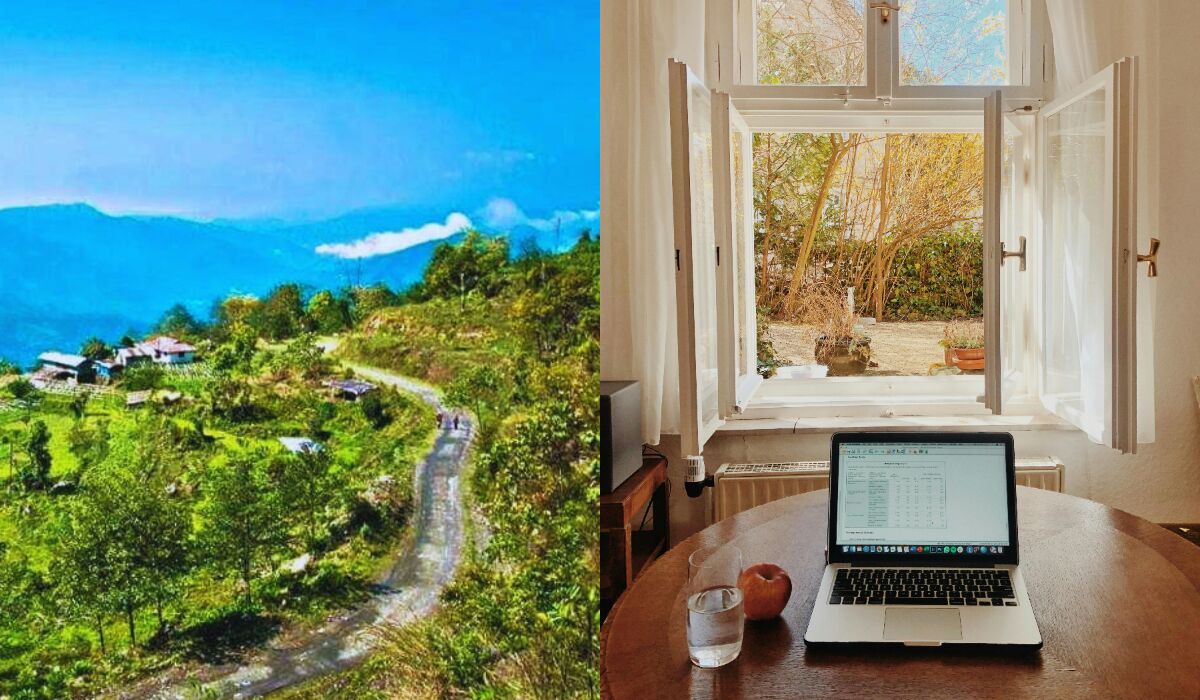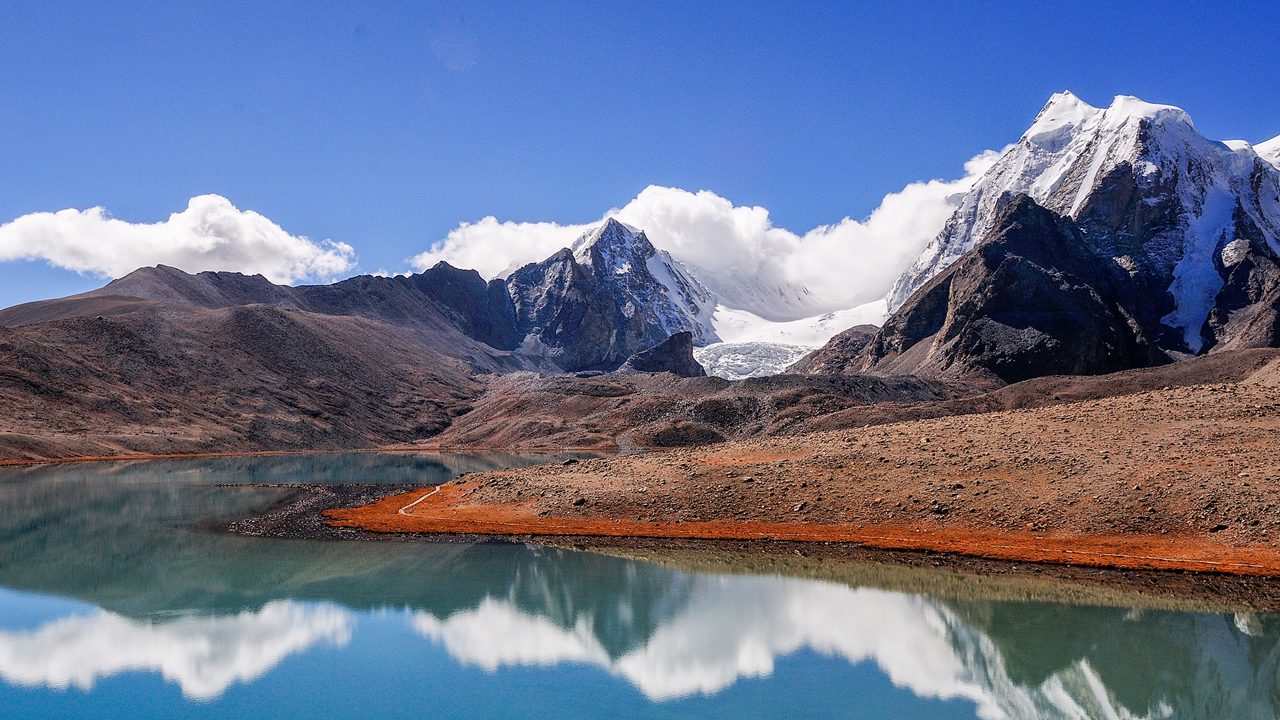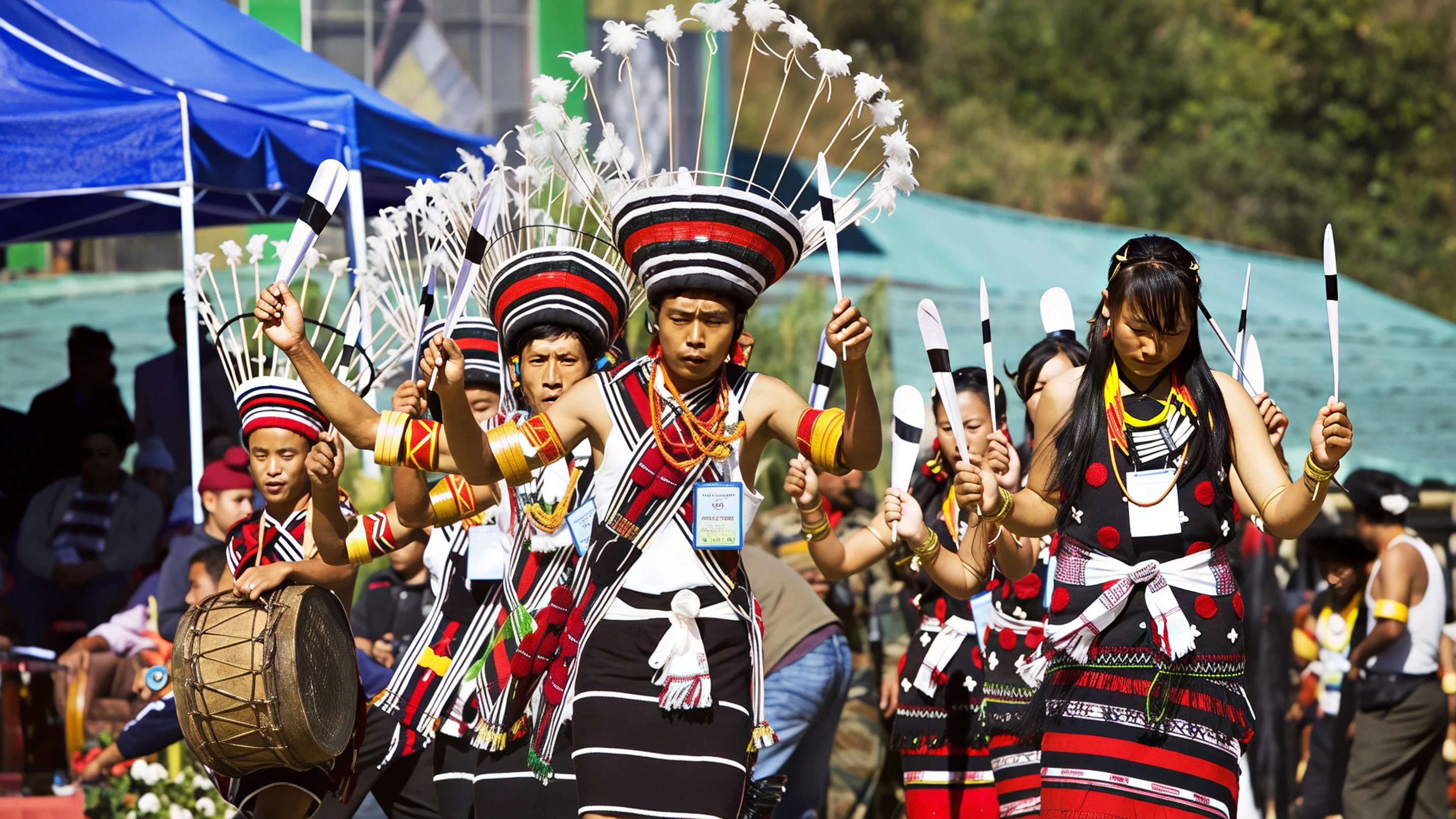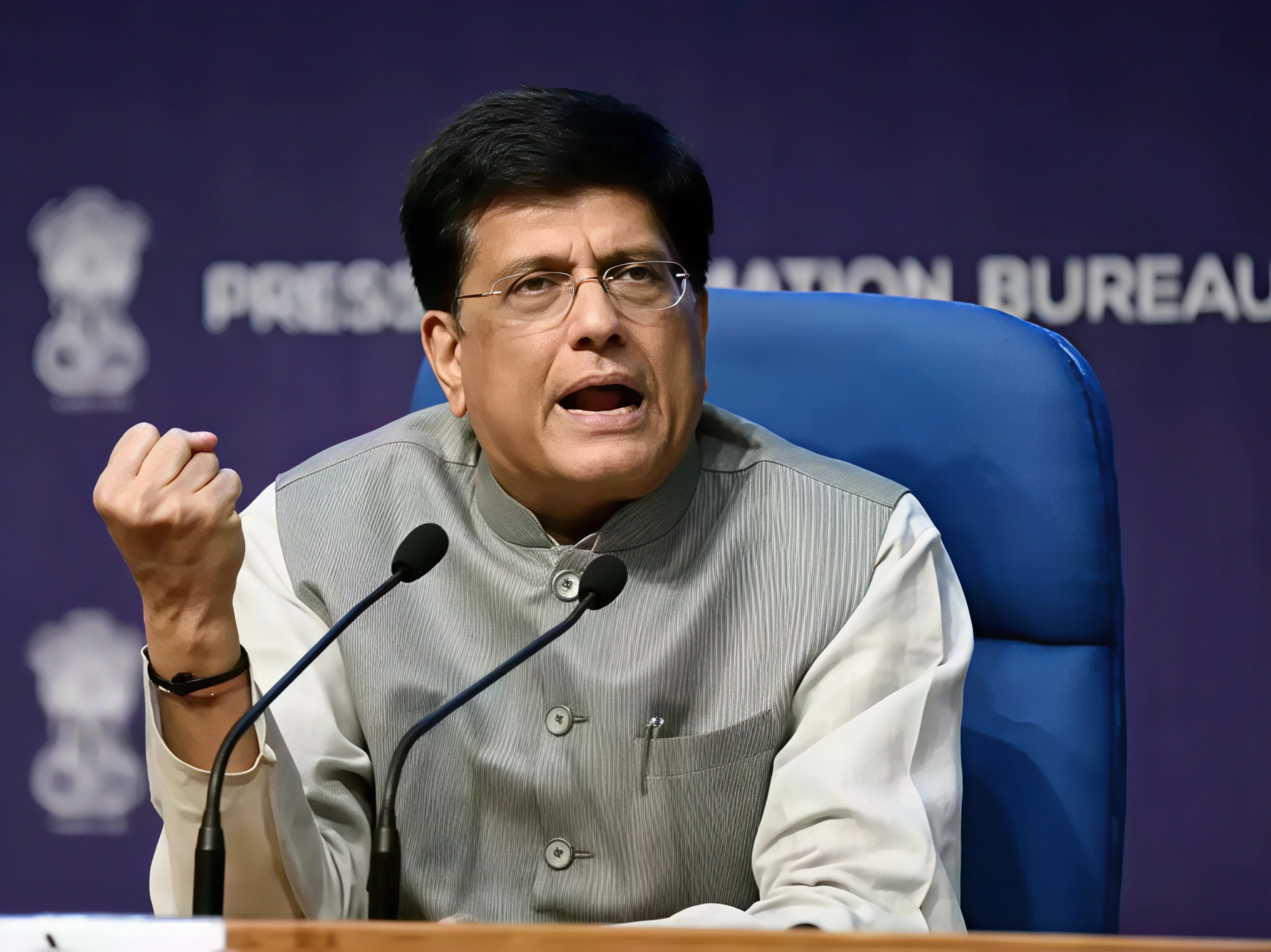Sikkim is turning heads once again, this time for setting a new milestone in the world of travel and work. Nestled in the serene hills of Pakyong district, Yakten has been officially designated as India’s first digital nomad village. Designed for remote workers, freelancers, and modern day wanderers who seek a peaceful setting without disconnecting from their professional lives, Yakten is quietly redefining what a Himalayan village can be
 .
.
Yakten is not just a scenic hideout with postcard worthy views and dense greenery. It is now being developed as a structured digital workspace wrapped in rural charm. Backed by the Sikkim government and the Asian Development Bank, this village is being shaped into a model for sustainable tourism that supports both nature and community growth. High speed internet, eco conscious homestays, and thoughtfully planned co working spaces are at the heart of this initiative. The goal is simple: attract visitors who do not just pass through but stay longer, engage with the community, and help create a mutually enriching environment.
Unlike typical tourist towns that focus on luxury or holiday aesthetics, Yakten’s appeal lies in its simplicity and sense of balance. Here, work and life are not two separate things. You wake up to birdsong, sip tea while watching the clouds move through pine covered hills, finish your meetings in co working hubs, and take afternoon walks through orchid gardens or along butterfly trails. Locally sourced food, warm homestay hospitality, and the absence of commercial noise make Yakten ideal for anyone craving meaningful solitude while staying professionally active.
The experience is designed to be immersive rather than flashy. Community driven workshops and cultural exchanges are already being planned, ensuring that visitors not only get to know the region but contribute to it as well. Whether it is helping with local crafts, joining forest clean ups, or participating in storytelling evenings around village bonfires, the digital nomads of Yakten will become part of the local narrative.
The village is surrounded by natural gems that enhance its charm. Just a short trek away lies Jhandi Dara, a viewpoint offering a panoramic vista of the Kangchenjunga range. Orchids bloom abundantly here, and the area is home to various species of butterflies and Himalayan birds, making it an underrated paradise for nature lovers. The weather is pleasant for most of the year, except during the monsoon when travel becomes slightly tricky due to rain induced road conditions.
Yakten’s transformation comes at a time when the idea of work itself has shifted. The pandemic years changed how people view office spaces, and the rise of remote work has made digital nomadism not just viable but desirable. Until now, many Indians looked outside the country for places that supported this lifestyle. With Yakten now leading the way, India has its own answer. The concept encourages longer stays that foster real connections, both with people and with place, and promotes a style of travel that is slower, deeper, and more responsible.
Gangtok remains the nearest urban center to Yakten, located about thirty two kilometers away. The route offers scenic drives and well connected local transport. Visitors are encouraged to plan their travel outside the monsoon season to enjoy uninterrupted access and the best of what the village has to offer.
As India steps into a new era of mindful travel and flexible workspaces, Yakten stands as a shining example of how tourism can evolve without sacrificing community values or environmental integrity. It invites those who wish to blend purpose with peace, and work with wellbeing.
To discover more offbeat destinations, eco friendly work getaways, and community driven travel stories like Yakten, follow Travel Moves on Instagram and Facebook. We bring you the hidden corners of the world that deserve to be seen, lived, and remembered.








